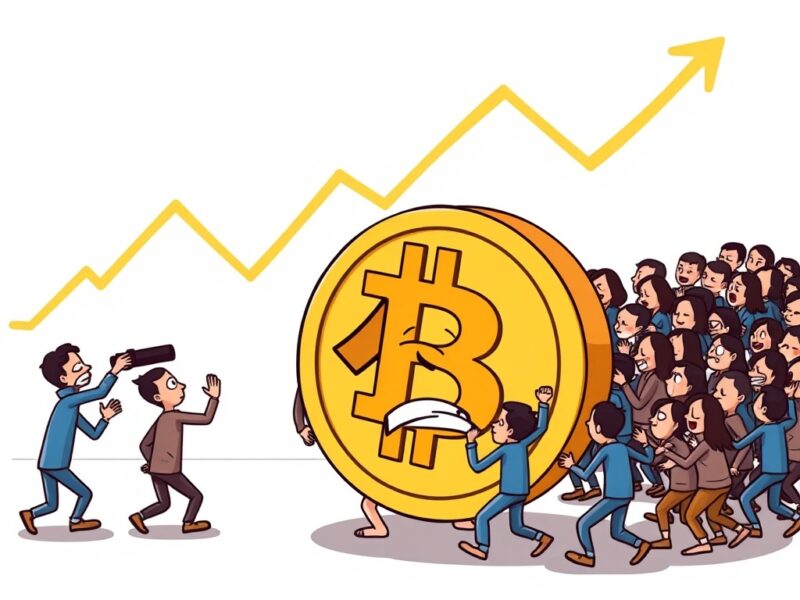USDT0 and XAUt0 Are Now Live on Polygon
[PRESS RELEASE – Road Town, British Virgin Islands, August 27th, 2025, Chainwire]
Unlocking Unified Liquidity for the Next Generation of Onchain Finance
Today, one of the fastest-growing ecosystems in modern finance, Polygon, officially upgrades to the USDT0 standard, the unified liquidity network for the world’s most widely used stablecoin Tether (USDT), and XAUt0, the omnichain evolution of Tether Gold, the the digital representation of gold, one of history’s most trusted stores of value.
By integrating USDT0 and XAUt0, Polygon is unlocking fast, frictionless liquidity for DeFi, payments, and real-world asset (RWA) applications across the Polygon stack.
USDT0 is already one of the fastest-growing stablecoin networks in crypto. In less than a year, it has surpassed $10.5 billion in bridge volume across 210,000+ cross-chain transfers and supports over 100 chain pathways, making it the most active OFT in the LayerZero ecosystem.
Whether users are borrowing in DeFi apps or moving capital between rollups, they can now use USDT0 and XAUt0 without relying on bridges or wrapped tokens. XAUt0, the omnichain version of Tether Gold, adds a second pillar of composable value to the ecosystem.
For the first time, developers on Polygon can natively integrate gold-backed collateral into borrowing, hedging, and asset management strategies. As demand for real-world asset integrations accelerates, native gold liquidity strengthens Polygon’s position as a hub for institutional-grade, asset-backed innovation.
The addition of USDT0 and XAUt0 brings stable and asset-backed liquidity natively to anyone building in the ecosystem. Polygon has emerged as one of the most important platforms in modern onchain finance, not just as a high-performance Layer 2, but as a full-stack, multichain coordination layer. Beyond infrastructure, Polygon is rapidly becoming the go-to destination for enterprise and institutional adoption, with Fox Corporation’s Verify protocol for content authentication, financial institutions like Libre launching institutional Web3 infrastructure for alternative assets, and major brands including Warner Music Group, Nike, Reddit, Starbucks, and Disney building on the platform..
USDT0 is now available on 12 leading protocols and chains, including Arbitrum, Berachain, Ethereum, Ink, Flare, Optimism, Plasma, HyperEVM, SEI, and Rootstock, a 100% increase in interoperable accessibility. Thanks to a concerted effort between USDT0 and the Polygon Foundation, the upgrade to USDT0 retains the same contract address as the previously bridged version of USDT on Polygon. This ensures a seamless transition, users, centralized exchanges, and protocols are not required to take any action during the upgrade.
For more information, visit USDT0.to or follow USDT0 on Twitter @USDT0.
About USDTO
USDT0, the unified liquidity network for USDT, simplifies cross-chain movement without fragmented pools or complex bridges. As the unified gateway for USDT interoperability and expansion, USDT0 simplifies cross-chain liquidity, enhances accessibility, and unlocks new use cases for Tether holders, businesses, and DeFi platforms. With a focus on efficiency and scalability, USDT0 is redefining how USDT operates across networks. For more information, visit USDT0.to or follow them on Twitter @USDT0.
About Everdawn Labs
Everdawn Labs is a premier software development consultancy, specializing in crafting bespoke software solutions that drive innovation, efficiency, and growth in the digital asset ecosystem. Everdawn Labs manages and operates USDT0, the unified liquidity network for USDT, XAUt0, the omnichain deployment of Tether Gold (XAUt), and Alloy by Tether, a USD-denominated Tethered Asset backed by gold. For more information, visit everdawn.to/.
About Polygon Labs
Polygon Labs is a Web3 software company developing Polygon Proof-of-Stake network, the premiere blockchain for payments and RWAs, and Agglayer, a protocol to connect any blockchain or app for a unified cross-chain experience. Polygon PoS is known as the low-cost, high velocity network, with billions secured in stablecoins, supporting a robust payments ecosystem to help grow Agglayer use cases in an interoperable Web3. Research from Polygon Labs has contributed to the development of widely-adopted zero-knowledge technology, with successful independent projects incubated through the Agglayer Breakout Program, such as Katana, Miden, PrivadoID, ZisK and more.
The post USDT0 and XAUt0 Are Now Live on Polygon appeared first on CryptoPotato.
You May Also Like

DOGE to $1 Still Possible, But This Meme Coin Could Turn $20 Into $2,000

Vitalik Buterin to Deliver Keynote After Shanghai Upgrade at ETHTaipei
